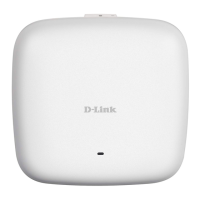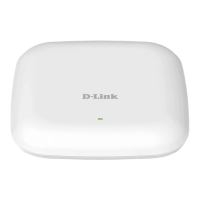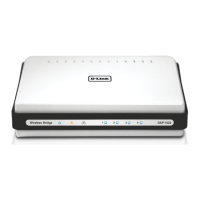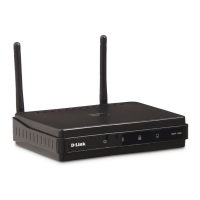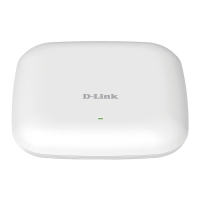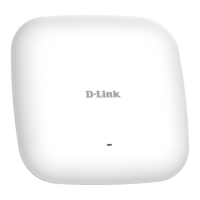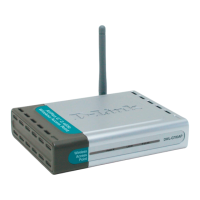24D-Link DAP-3666 User Manual
Web User Interface
Wi-Fi Protected Access (WPA / WPA2)
The WPA protocol is based on the 802.11i standard. WPA oers two variations called WPA-Personal (PSK) and WPA-Enterprise (EAP). WPA-EAP
requires the user to install a Radius Server on the network for authentication, while WPA-Personal does not. In comparison, WPA-PSK is seen as a
weaker authentication variation than WPA-EAP. WPA-EAP is the highest level of wireless security a user can use for wireless today.
WPA2 is an upgrade of WPA and solves security issues found in WPA. WPA2 also oers two variations called WPA2-Personal (PSK) and WPA2-
Enterprise (EAP) similar to WPA.
802.11k Click the drop-down menu to enable the
802.11k function.
802.11v Click the drop-down menu to enable the
802.11v function.
802.11r Click the drop-down menu to enable the
802.11r function.
Mobility Domain
Enter a name for the mobility domain. The function is
only available when 802.11r is set to Enable.
Encryption Key
Enter a encryption key to access the wireless
network. The function is only available when 802.11r
is set to Enable.
Over the DS
Click the radio button to disable or enable the
function. The function is only available when
802.11r is set to Enable.
WPA Mode When Authentication setting is set to WPA-
Personal, click the drop-down menu to select
one of the following: Auto (WPA or WPA2),
WPA2 Only, or WPA Only.
Auto (WPA or WPA2) allows the device to select
either setting to match the client conguration.
Cipher Type Click the drop-down menu to select the cipher
type for the WPA setting, type: Auto, AES, or
TKIP.
Group Key Update
Interval
Enter the interval period in seconds in which the
interval period is valid.
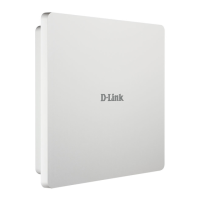
